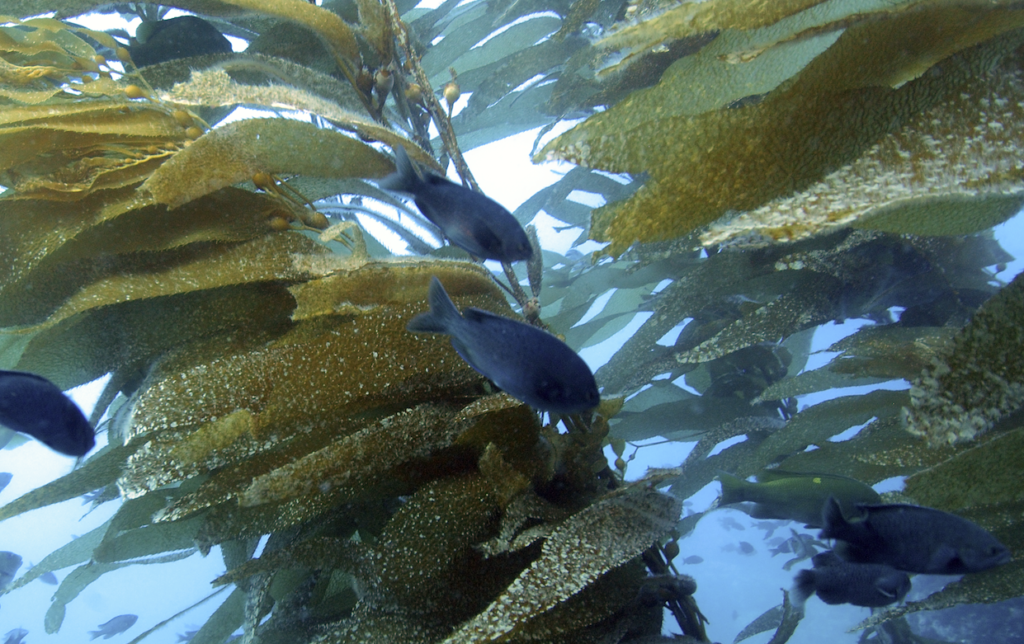Channel Island National Marine Sanctuary (CINMS) and University of California Santa Barbara Researchers have published a study tracking the response of fishes to the 2014 Marine Heatwave in Scientific Reports (https://www.nature.com/articles/s41598-020-77885-3#citeas). In partnership with NOAA’s Integrated Ecosystem Assessment Program and the Partnership for Interdisciplinary Studies for Coasts and Oceans, CINMS researchers used long-term monitoring data and a newly developed thermal classification scheme to help understand how the fish community shifted after the onset of the Marine Heatwave. Species typically associated with warm water experienced spiked in abundance, recruitment and biodiversity well beyond what was seen in typically warming events like El Niño. Meanwhile cool water species showed limited responses to the heatwave. This shift in what species were present and abundant were similar inside and outside Marine Protected Areas inside CINMS.

According to the researchers’ findings, Marine Protected Areas (MPAs) do little to mediate some effects of marine heatwaves, including, in this case, changes to fish community structure. “There have been many studies showing that MPAs are effective at preserving biodiversity and facilitating recovery of single species during and after extreme temperature events,” said lead author Dr. Ryan Freedman, Research Ecologist at CINMS. “Given these aspects, and the body of work on MPA benefits, a lot of resource managers point to MPAs as a way to mitigate climate effects even though there have been just a few studies on the topic.”
However, the researchers were surprised by the results showing that MPAs have little impact on community shifts, but have formulated a possible explanation. They suspect that trends were similar within and outside the MPAs because the heatwave tended to affect non-fished species — like rock wrasses and Garibaldi — more than those targeted by fisheries. For non-targeted species, the additional protection of a no-take marine reserve is a moot distinction when it comes to marine heatwaves. The implications of these findings seem pretty clear to Freedman. “Because MPAs alone can’t mitigate acute ecosystem change during heatwaves, resource managers will need to use a suite of conservation options to maintain important ecosystem services in the Santa Barbara Channel and beyond as heatwaves become more common,” he said.
Excerpted and adapted from the article, “No Refuge from the Heat: Researchers investigate how marine protected areas affect the impacts of heatwaves on ocean ecosystems” By Harrison Tasoff published 12/7/20 in The Current https://www.news.ucsb.edu/2020/020114/no-refuge-heat